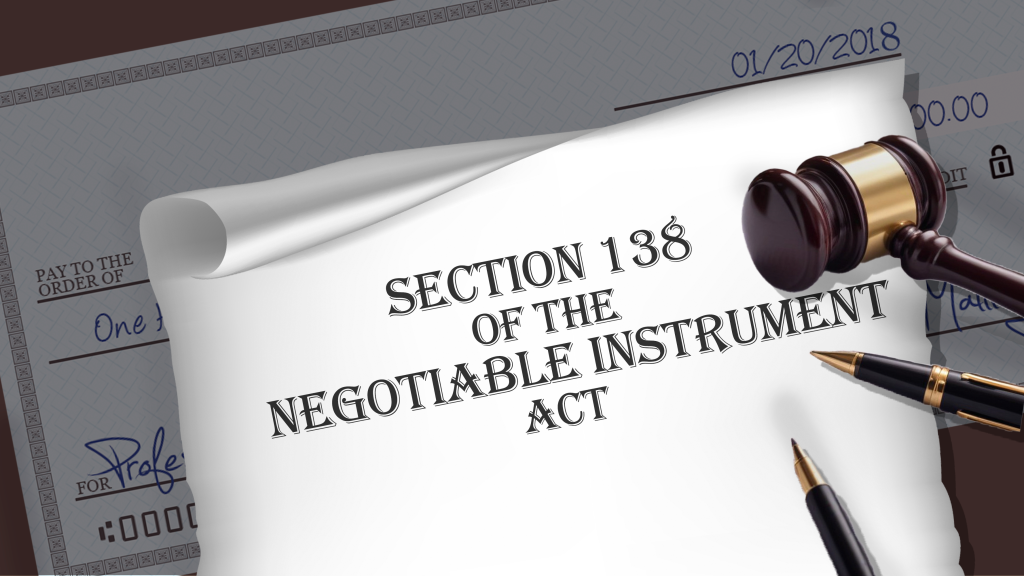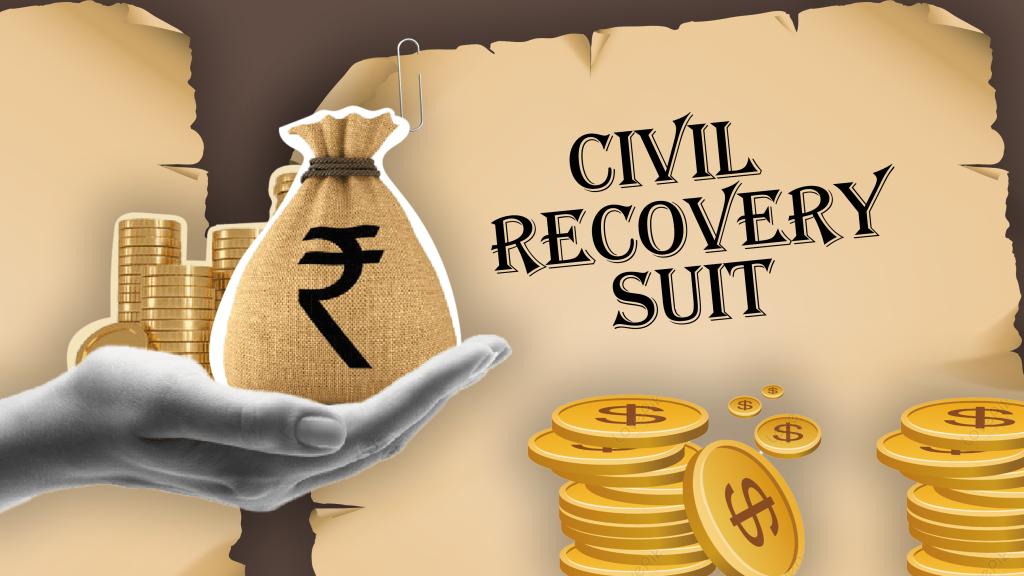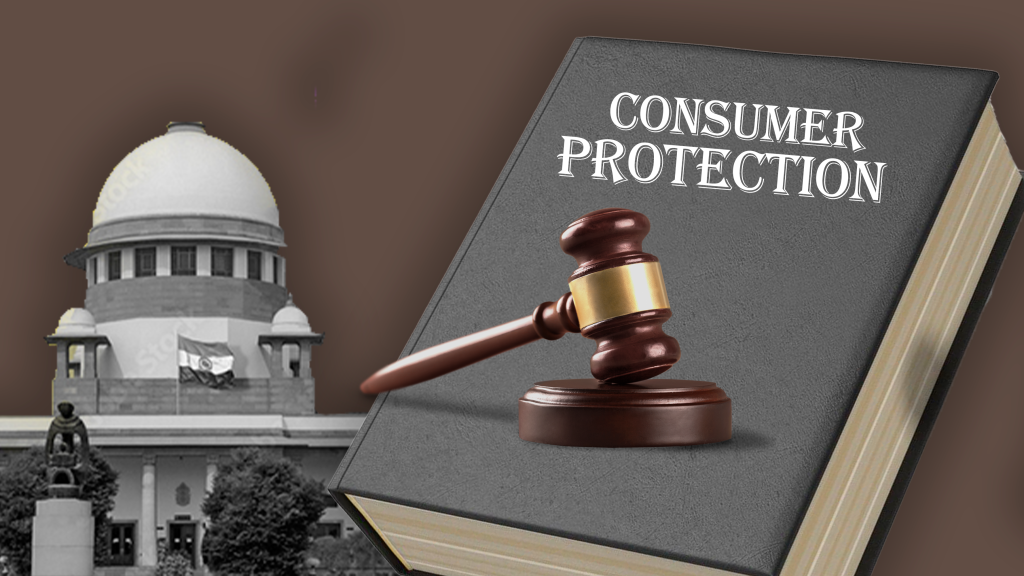In the ever-evolving landscape of corporate finance, the Insolvency and Bankruptcy Code (IBC), 2016, stands as a beacon of hope for creditors and debtors alike. Designed to streamline the resolution process of insolvent entities, the IBC has revolutionized the way insolvency is managed in India. Among its many provisions, Sections 7 and 9 are particularly noteworthy, providing distinct mechanisms for financial and operational creditors to initiate insolvency proceedings. This article aims to unravel the complexities of these sections, offering a detailed analysis and practical insights into their application.
Section 1: Overview of the Insolvency and Bankruptcy Code, 2016
The Insolvency and Bankruptcy Code, 2016, was enacted to consolidate and amend the laws relating to reorganization and insolvency resolution of corporate persons, partnership firms, and individuals. Its primary objective is to ensure a time-bound process for resolving insolvency, thereby improving the ease of doing business and protecting the interests of all stakeholders. The IBC introduces a robust legal framework, empowering the National Company Law Tribunal (NCLT) as the adjudicating authority and establishing the Insolvency and Bankruptcy Board of India (IBBI) to oversee the implementation of the Code.
Section 2: Detailed Analysis of Section 7
- Applicability and Scope
Section 7 of the IBC is a powerful tool in the hands of financial creditors, enabling them to initiate insolvency proceedings against defaulting debtors. Financial creditors include banks, financial institutions, and individuals who have provided financial debt to the debtor. This section is particularly significant as it allows a single creditor to trigger the insolvency process, provided the default amount exceeds INR 1 crore.
- Process Under Section 7
The process under Section 7 begins with the financial creditor filing an application before the NCLT. The application must be accompanied by evidence of default, such as loan agreements, bank statements, and a record of the default from the information utility. Upon receiving the application, the NCLT has 14 days to ascertain the existence of a default and, if satisfied, admit the application, thereby commencing the corporate insolvency resolution process (CIRP).
- Case Studies and Judicial Precedents
Several landmark cases have shaped the interpretation of Section 7, such as the Essar Steel case, where the Supreme Court upheld the primacy of financial creditors in the resolution process. Another notable case is the SBI vs. Videocon Industries, which highlighted the importance of adhering to procedural timelines, ensuring swift and efficient resolution.
Section 3: Detailed Analysis of Section 9
- Applicability and Scope
Operational creditors, who supply goods and services to the debtor, can invoke Section 9 of the IBC. This section provides a recourse for creditors to recover unpaid dues by initiating insolvency proceedings if the default exceeds INR 1 crore. It ensures that operational creditors, often the backbone of a business, have a mechanism to claim their dues.
- Process Under Section 9
The process under Section 9 involves the operational creditor serving a demand notice to the debtor, seeking payment of the unpaid operational debt. If the debtor fails to repay or dispute the claim within 10 days, the creditor can file an application with the NCLT. The application must include the demand notice, invoice copies, and proof of non-payment. The NCLT then has 14 days to verify the application and, if satisfied, admit it, initiating the CIRP.
- Case Studies and Judicial Precedents
Cases like the Mobilox Innovations vs. Kirusa Software have been pivotal in interpreting Section 9. The Supreme Court clarified that a genuine dispute raised by the debtor could prevent the initiation of insolvency proceedings, emphasizing the need for operational creditors to meticulously document their claims and transactions.
Section 4: Comparative Analysis of Sections 7 and 9
- Key Differences and Similarities
While both Sections 7 and 9 serve the common purpose of initiating insolvency proceedings, they cater to different types of creditors. Financial creditors, with their larger stake in the debtor’s financial health, have a streamlined process under Section 7, whereas operational creditors, who deal with everyday transactions, follow the process under Section 9. The documentation requirements, initiation processes, and the role of demand notices are key differentiators between the two sections.
- Impact on Creditors and Debtors
The rights and remedies available to creditors under Sections 7 and 9 significantly impact their approach to recovering dues. Financial creditors, often dealing with large sums, benefit from a quicker admission process, whereas operational creditors must navigate the additional step of issuing a demand notice. For debtors, the initiation of insolvency proceedings under either section can lead to loss of control over their company and potential liquidation, stressing the importance of timely debt resolution.
Section 5: Practical Implications and Challenges
- Practical Challenges Faced by Creditors
Creditors often face practical challenges, such as gathering comprehensive documentation and dealing with delays in the NCLT due to its heavy caseload. Despite these hurdles, the IBC’s framework ensures that creditors have a clear path to initiate insolvency proceedings, promoting financial discipline and accountability among debtors.
- Impact on the Business Ecosystem
The IBC has significantly influenced corporate governance and financial discipline in India. By providing a time-bound resolution process, it encourages businesses to maintain better financial health and fosters a more transparent and accountable business environment. The Code has also enhanced investor confidence, contributing to India’s improved ranking in the Ease of Doing Business index.
Section 6: Recent Developments and Amendments
- Legislative Amendments
Recent amendments to the IBC have focused on streamlining the insolvency process and addressing practical challenges faced by creditors and debtors. For instance, the threshold for initiating insolvency proceedings has been increased to INR 1 crore, reducing frivolous applications and ensuring that only significant defaults trigger the process.
- Judicial Pronouncements
Recent judicial decisions have further clarified the application of Sections 7 and 9. The landmark ruling in the Ruchi Soya case emphasized the need for a balanced approach, protecting the interests of both creditors and debtors. The NCLT has also been proactive in adhering to strict timelines, ensuring swift resolution and reducing the burden on the judicial system.




